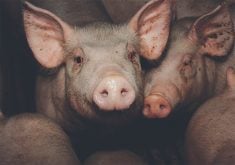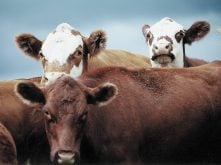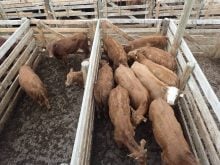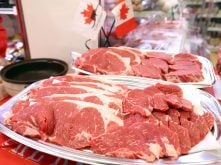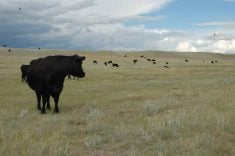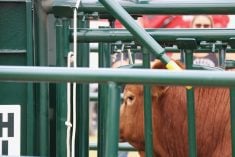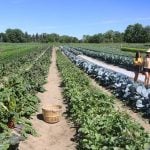It’s been said that if the walls could talk, what stories they could tell.
But it seemed the people attending the 100th anniversary celebration of the Regina Bull Sale held March 20 needed little help from the walls to recount memories and share stories.
From the so-called praying bull, to the colourful characters who attended the sales, to memories of those who have died, the reminiscing continued throughout the event.
Bill Hall of Craven, Sask., told how his mother, watching her grandchildren showing steers, once remarked that she had shown a steer in the very same stadium in 1938.
Read Also
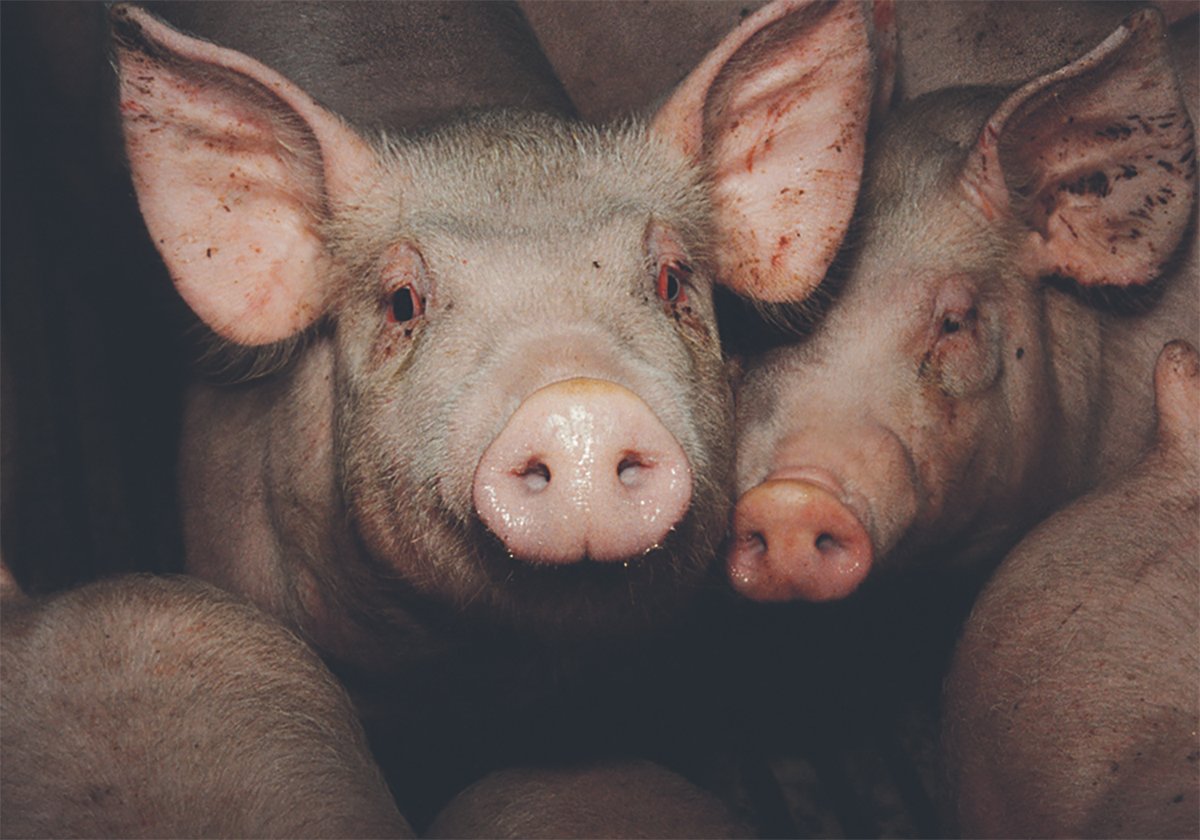
The Western Producer Livestock Report – October 30, 2025
Western Producer Livestock Report for October 30, 2025. See U.S. & Canadian hog prices, Canadian bison & lamb market data and sales insights.
Many spoke of how they were carrying on a family tradition.
The “Harlton girls”, as they’re known, have attended the show since they were two years old. Now grandmothers, twins Marilyn Mountenay, of Belle Plaine, Sask., and Merle Thomason, of Bethune, Sask., still participate.
They co-chaired the committee in charge of the celebration and spent the past year putting together a display of old photographs, sale catalogues, ribbons and newspaper clippings that they intend to catalogue for archives.
Their own family history is a part of that, beginning with their grandfather, Charlie Harlton. A building on the exhibition grounds is named the Harlton Barn in his honour.
“He was on the board in 1913,” Mountenay said. “But we think he was involved probably before that.”
He showed Shorthorns then, a tradition that continued with his son, and the girls’ father, George.
The family also showed market steers and Yorkshire bred sows. The girls used to help their father in the ring and say they likely started showing their own animals around age 10, when they joined 4-H.
For the past 35 years, both Mountenay and Thomason have had Angus herds and Mountenay was selling bulls at this year’s sale. Her daughter has also participated, marking the fourth generation.
“The reason we like to come here is because you have to halter-break your cattle and spend a lot of time with them to get them all fixed up, and then you can take pride in the fact you’ve accomplished that,” she said.
“It’s the people,” added Thomason. “It’s so enjoyable. You work with every breed, get another person’s perspective.”
And they still meet people who knew their father and grandfather.
“You have that warm feeling,” said Mountenay.
The first Territorial Show and Sale was held in April 1906 and included cattle, sheep, swine and horses.
Cattle breeds included Shorthorn, Hereford and Galloway. Shorthorns had the largest presence, with 42 bulls and 26 females entered. The bulls averaged $83.53.
The Hereford bulls averaged $90.55 and the Galloways were $50.
Entries peaked in 1974 at more than 1,000 head and were about 200 this year.
One of the most enduring stories in the sale’s history is the 1977 sale of a Hereford bull for $90,000, topping the previous record by $50,000.
The bull was entered by Walter Moskal of
Ituna, Sask., and sold to Wasser and Winters Polled Herefords of Toledo, Washington.
But, the story goes, the bidding between a consortium of 10 Canadians and two Americans took so long the bull got tired and knelt down as if in prayer, earning Moskal the incredible sum.
Others told stories of taking the train to Regina for the sale, usually the first spring outing after a long winter.
The sale has weathered the Depression, drought and now BSE. And while many breeders now favour holding their own sales, Mountenay believes the Regina sale will continue.
“There are some young people here who are very very keen on this. It’s going to be fine.”



